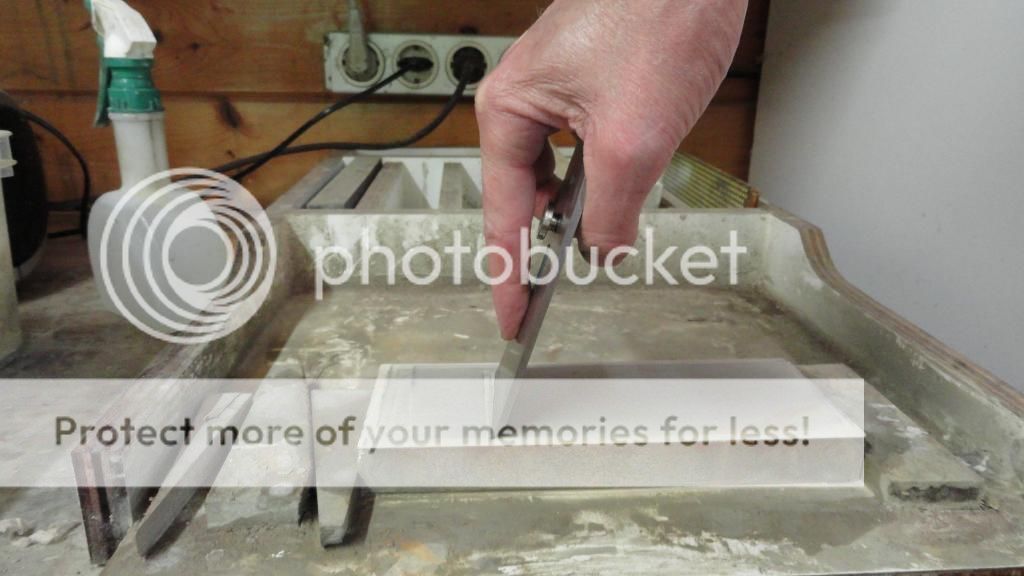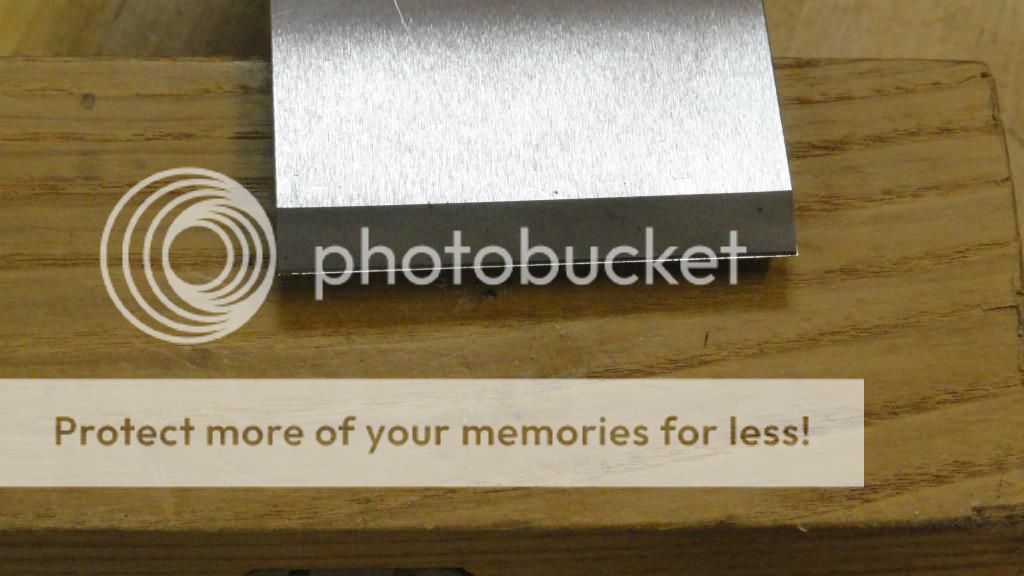Bluekingfisher
Established Member
Gents/all - after being bitten by the hand planing bug I have been fiddling and experimenting with setting up and tuning my Stanley bench planes.
I have been having decent success with the standard planes including their original parts having fettled them as much as possible. Although I have today purchased a couple of replacement cap irons for the 3, 4 and 4 1/2 planes from Workshop Heaven, a very friendly and helpful bunch they were too.
What I hope you can assist with is - what sort of relief should I be taking between the edge of the plane iron and the cap iron for the smoothing planes and similarly, how much relief and mouth opening for the #'s 5,6 and 7.
Any assistance greatly appreciated.
David
I have been having decent success with the standard planes including their original parts having fettled them as much as possible. Although I have today purchased a couple of replacement cap irons for the 3, 4 and 4 1/2 planes from Workshop Heaven, a very friendly and helpful bunch they were too.
What I hope you can assist with is - what sort of relief should I be taking between the edge of the plane iron and the cap iron for the smoothing planes and similarly, how much relief and mouth opening for the #'s 5,6 and 7.
Any assistance greatly appreciated.
David



































